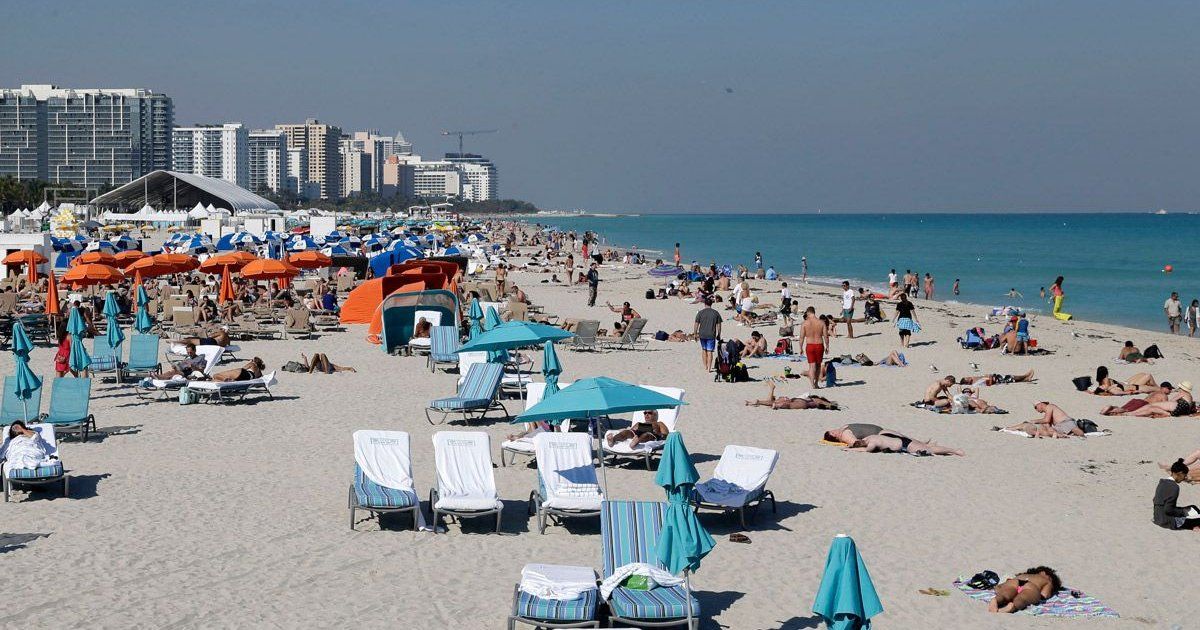MIAMI.— Governor Ron DeSantis announced that Florida maintains its position as the number one national tourist destination in the United States and continues to be a top destination for international visitors, after ranking second in the country.
This increase in market share represents the largest increase of any state, underscoring Florida's appeal to travelers across the country, he explained.
“Florida's world-class attractions, hospitality and unwavering commitment to freedom have solidified our position as a premier vacation destination,” the governor said.
“These numbers show that Florida continues on the right path, as we have insisted on prioritizing public safety and common sense leadership,” he added.
While Florida's domestic market share increased starting in 2022, other previously popular destinations saw negative changes in their shares.
For example, California saw a notable drop, losing 1.2 percentage points, while New York saw a decline of 0.8 percentage points.
With these changes, Florida now leads the United States by a substantial margin, with a 2.7 percentage point lead over California, securing its position as the top destination for American travelers.
“Florida's continued ability to attract visitors speaks volumes about the state's appeal, both nationally and internationally,” said Dana Young, president and CEO of VISIT FLORIDA.
He added that “from our pristine beaches and tranquil state parks to the excitement of our world-renowned theme parks and vibrant cities, Florida continues to captivate visitors with its unmatched experiences.”
Meanwhile, Florida experienced a notable rebound in foreign tourism in 2023. As the recovery in international travel continued, Florida captured 25.2% of the foreign market share of travelers to the US.
In March 2024, foreign visits to Florida surpassed pre-pandemic levels for the first time, increasing 1.7% compared to March 2019.
In particular, visits from major markets such as the United Kingdom, Germany and Mexico saw notable growth, with a 12% increase in UK visits, 28% in German visits and 61% in Mexican visits, compared to the same month in 2019.

